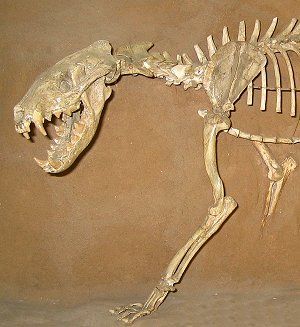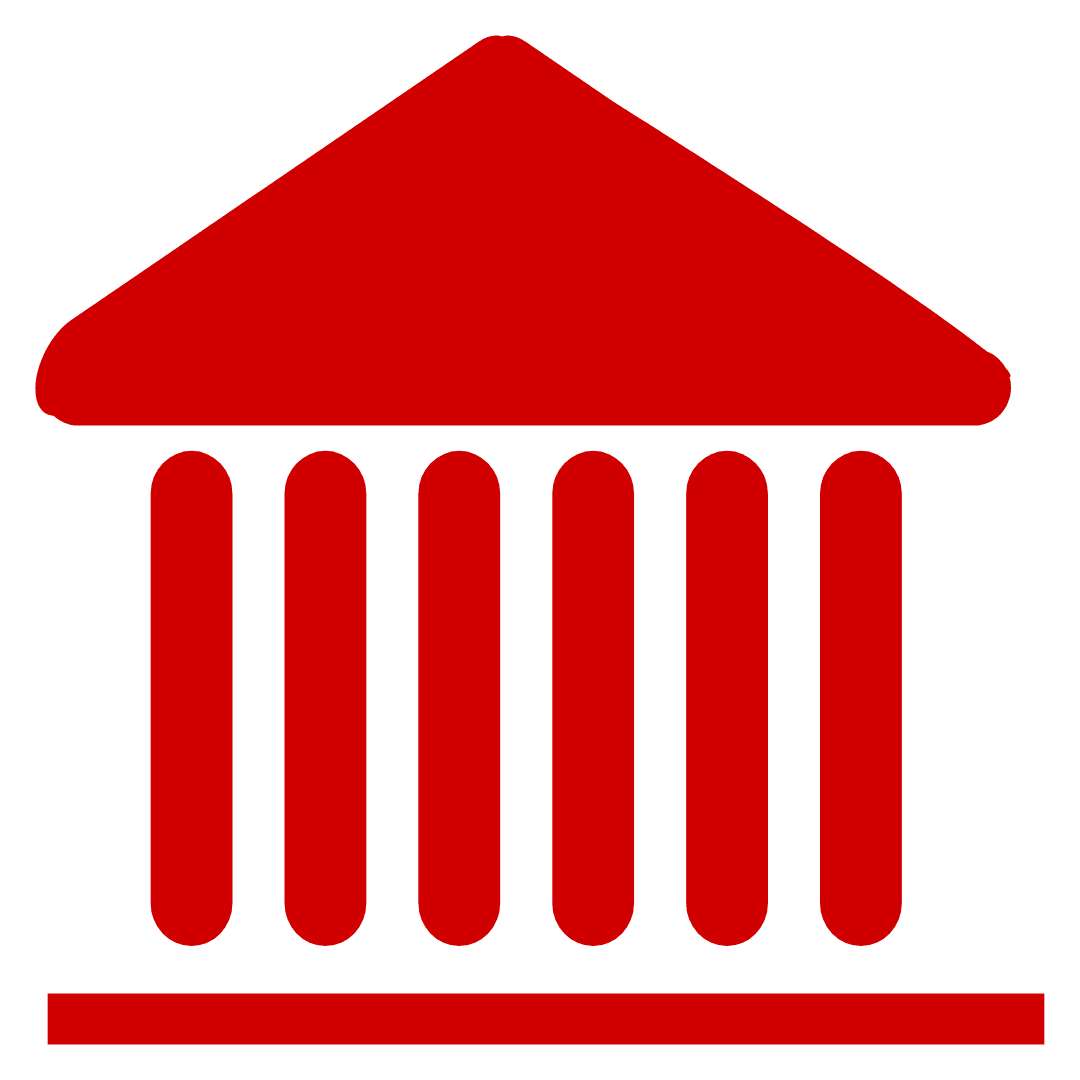
Nebraska County Fossils
Morrill
< Vertebrate Paleontology Home
A virtual journey through the Museum's vertebrate paleontology collection.
Sespia marianae, Marian's Sespean oreodont
Family: Merycoidodontidae
Geologic age: Oligocene (early Arikareean), about 28 million years old
Year fossil collected: 1931


Sespia marianae was collected from deposits in Morrill County by former Museum Director and oreodont specialist C. B. Schultz when he was a UNL student in 1931. He named this new species in honor of his wife, Marian Othmer Schultz, who helped Dr. Schultz with his oreodont research. Oreodonts were a very diverse group of mammals which adapted to a wide range of habitats. Oreodonts became extinct about 10 million years ago, after a long successful reign in Nebraska.
Sphenophalos middleswarti, Middleswart's wedge-headed pronghorn
Family: Antilocapridae
Geologic age: Miocene (Hemphillian), about 5.5 million years old
Year fossil collected: 1937

The name Sphenophalos is derived from the Latin and Greek words meaning "wedge head". This animal's skull (below) sports a pair of stocky "horns" who's prongs form a distinctive wedge. The species name "middleswarti" was given in honor of T. C. Middleswart, a collector for the museum and early member of the Highway Salvage Paleontology program.
Sunkahetanka geringensis, Gering's Large-Toothed Dog
Family: Canidae
Geologic age: Miocene (Arikareean), about 28 million years old
Year fossil collected: 1931


In paleontology, new species are usually named using the classical languages of Latin and Greek, however this is a tradition, not a requirement. Names that are chosen are often descriptive, but they may also honor notable people or places. Paleontologist J. R. MacDonald has named several new species of fossil vertebrates from the Great Plains using the Lakota language to honor the Native American tribes whose history is such an important part of this region. In Lakota, Sunkahetanka means, literally, "large toothed dog." Who could argue with that description of this critter?
Geological Ages of Rock Formations

| Q | Pleistocene ("Ice Age") Sands, gravels, silts overlay much of the county (not shown) Pleistocene sands, gravels and silts overlay much of Nebraska and often conceal the bedrock beneath. These "Ice Age" deposits often produce the remains of mammoths, bison, horses, musk oxen, elk and other familiar mammals. Small fossils, especially, are important indicators of the climate at the time of deposition. |
| Tpo | Tertiary, Miocene/Pliocene, Ogallala Group, 2-14 million years old Ogallala Group rocks include predominantly clastic sands and sandstones composed of a mixture of Rocky Mountain debris and locally derived and re-worked sediments. Ash beds are not unusual in the Ogallala and help to precisely date the sediments. In western and southwestern Nebraska, the Ogallala beds are responsible for resistant bluffs that cap the valley sides of modern streams. |
| To | Tertiary, Oligocene, White River Group, 28-40 million years old The White River Group rocks include the Chadron and Brule Formations often form large expanses of low to medium-relief badlands typical of western Nebraska (Toadstool Park) and South Dakota (Big Badlands). Siltstones and very fine sandstones dominate these units. The White River Group rocks preserve the early history of horses, rhinos and camels, all of which originated in North America. The habitats across much of the state at the time were distinctly un-Nebraskan, with low-crowned browsing mammals (forest dwellers) and their predators composing the dominant fauna. |





